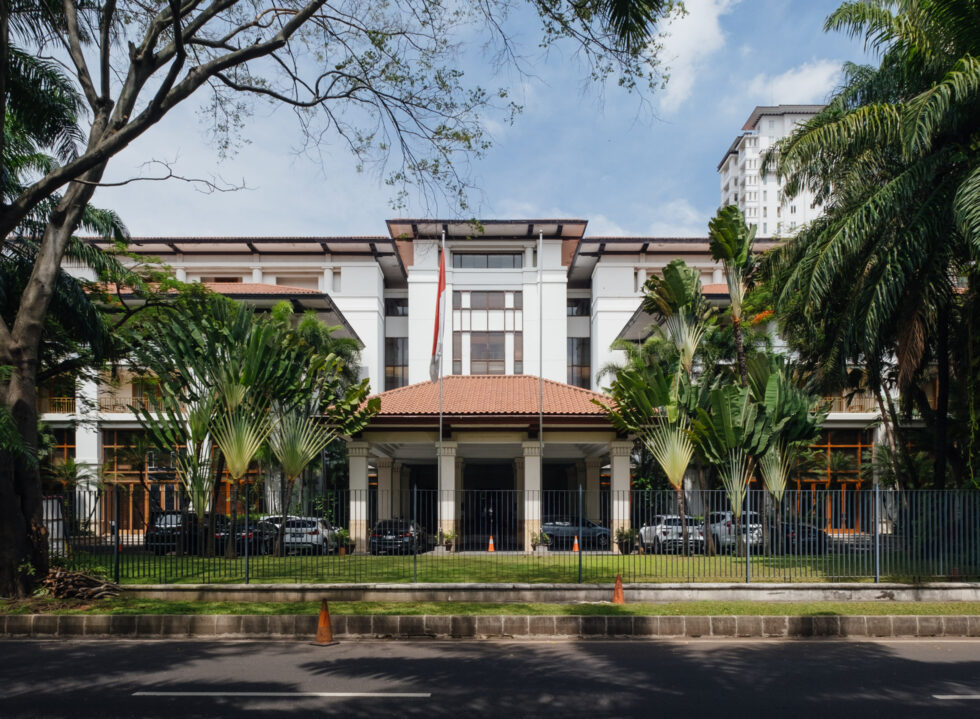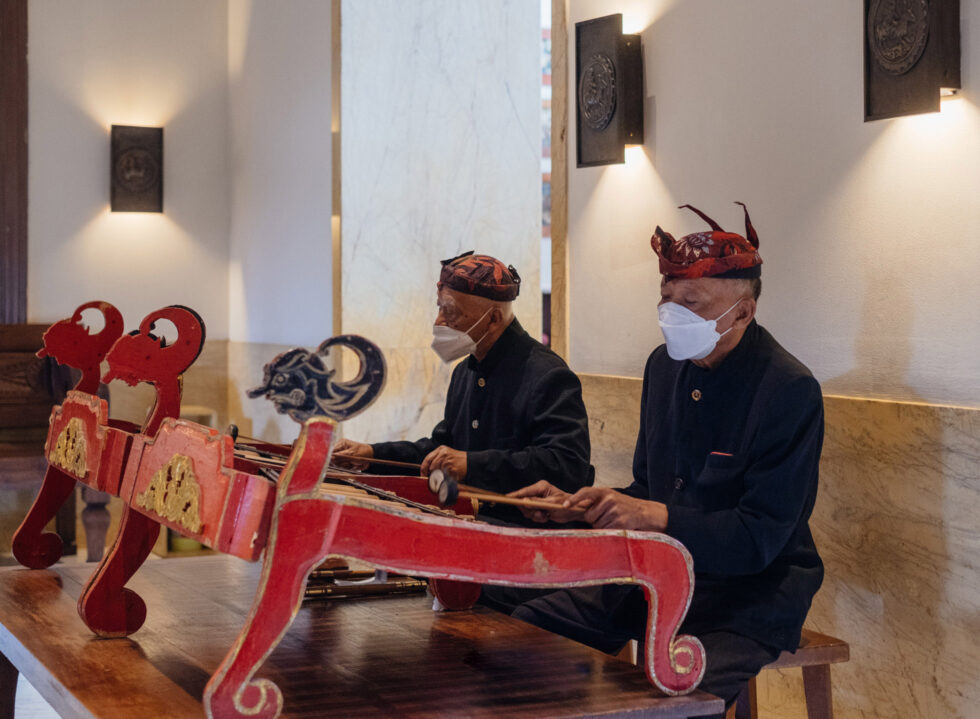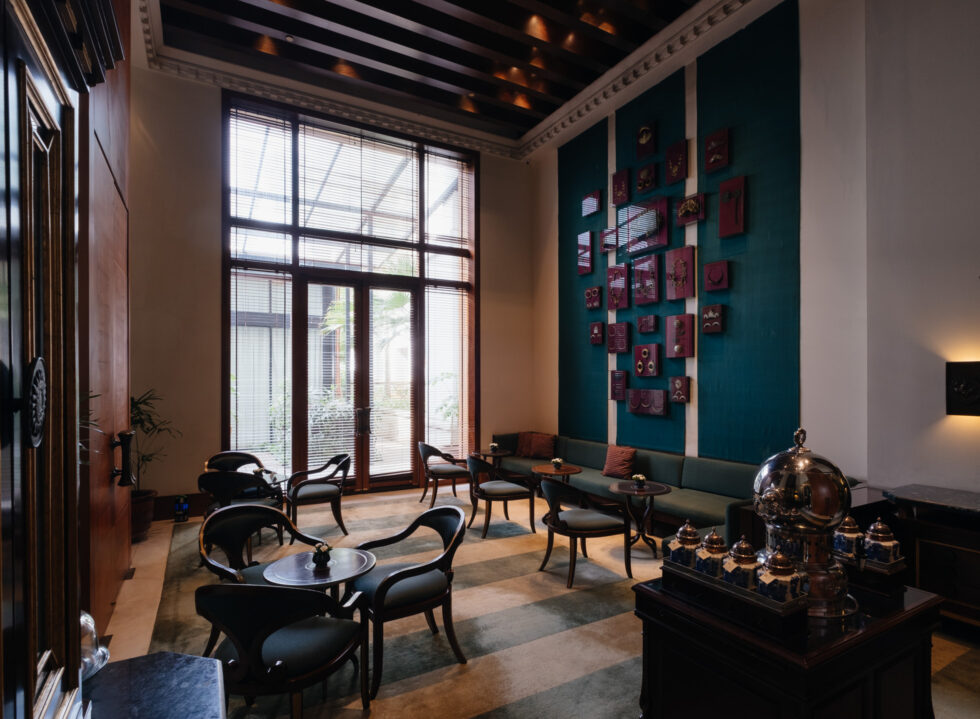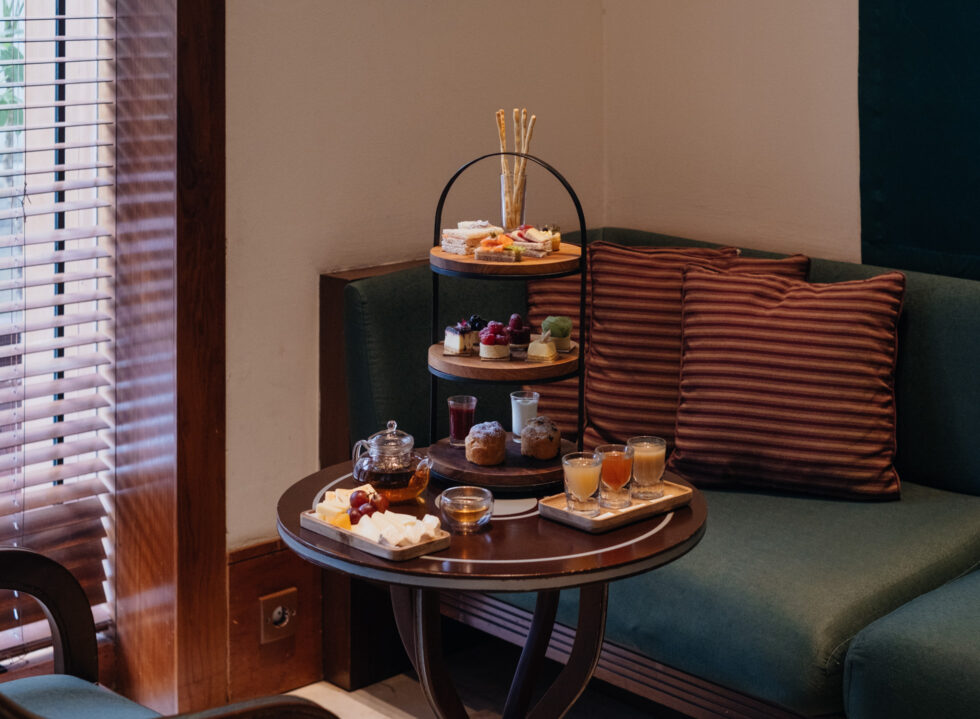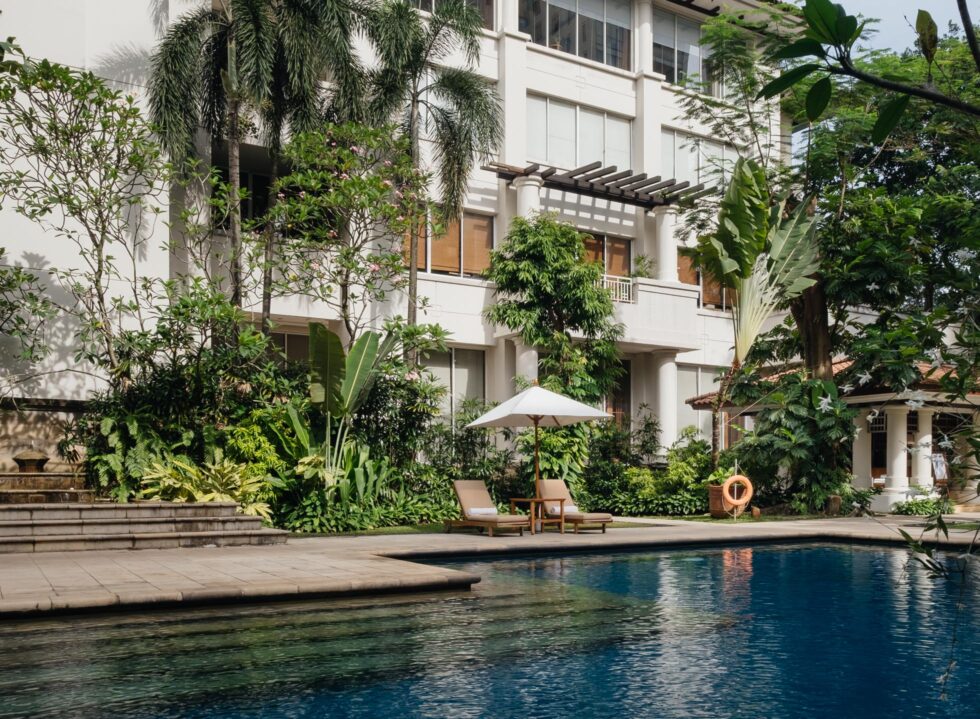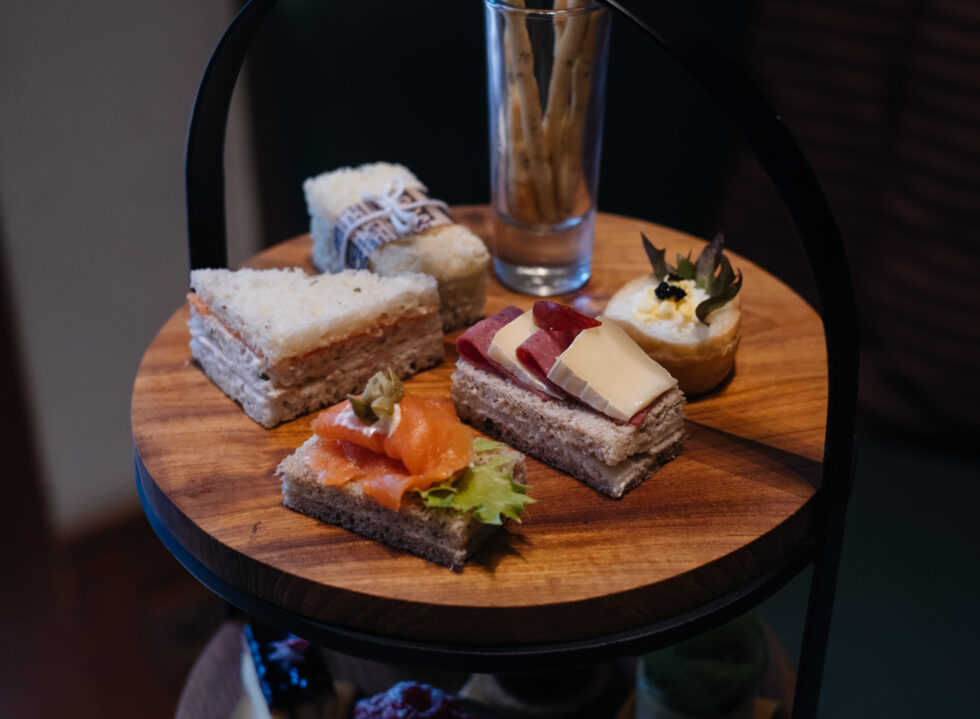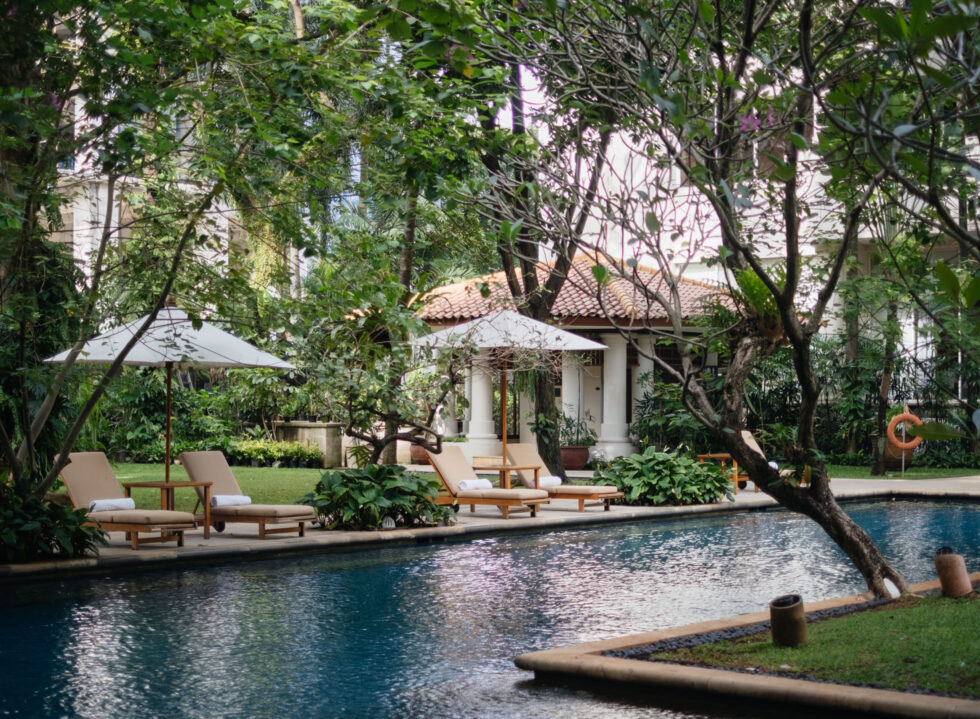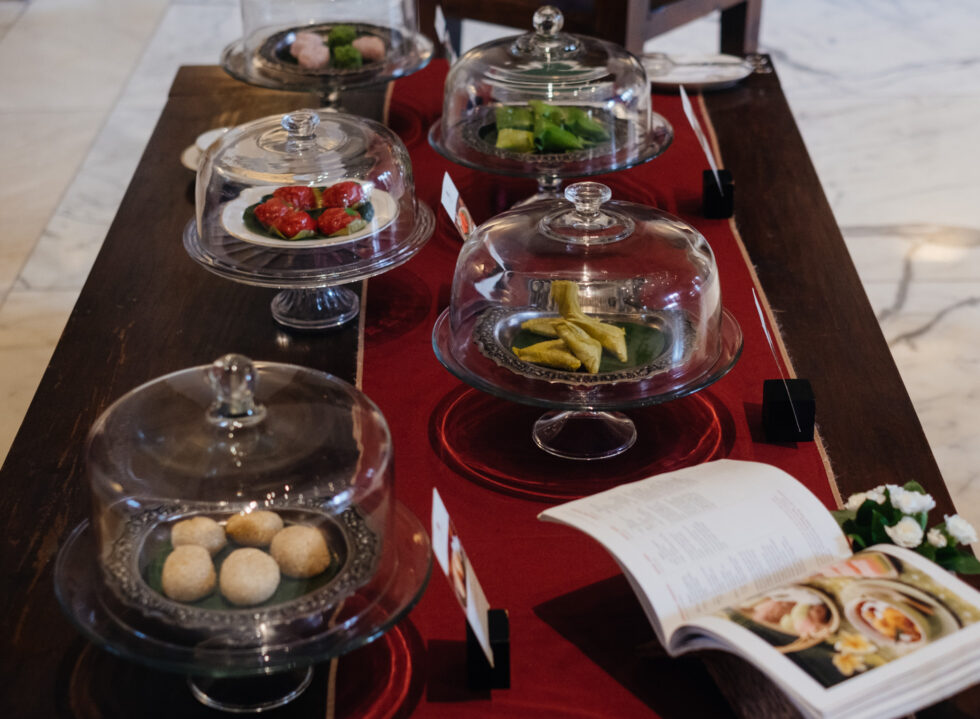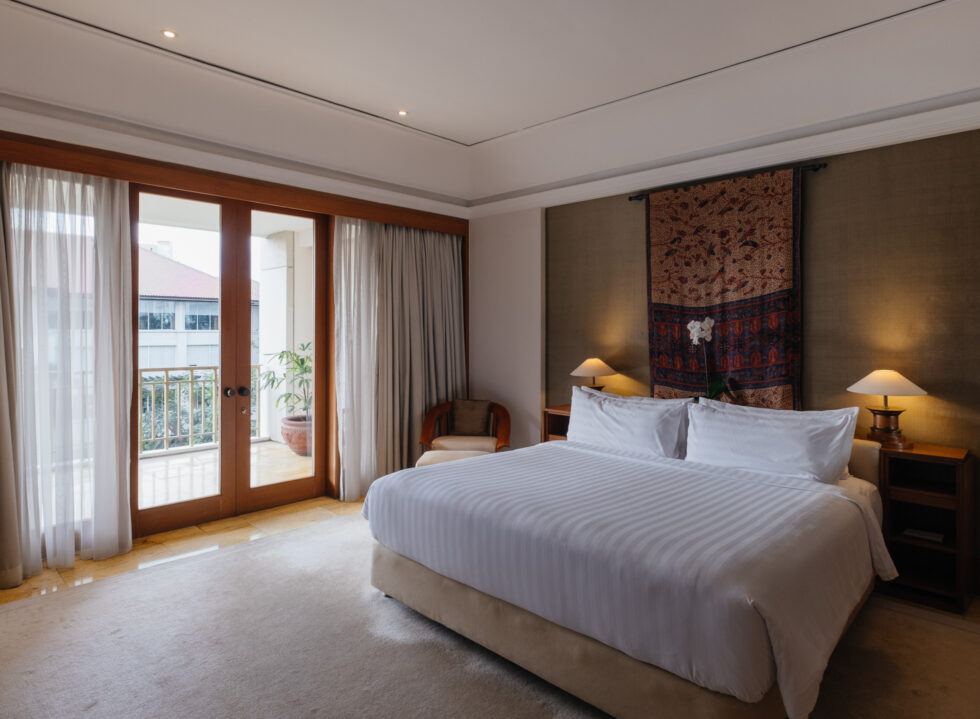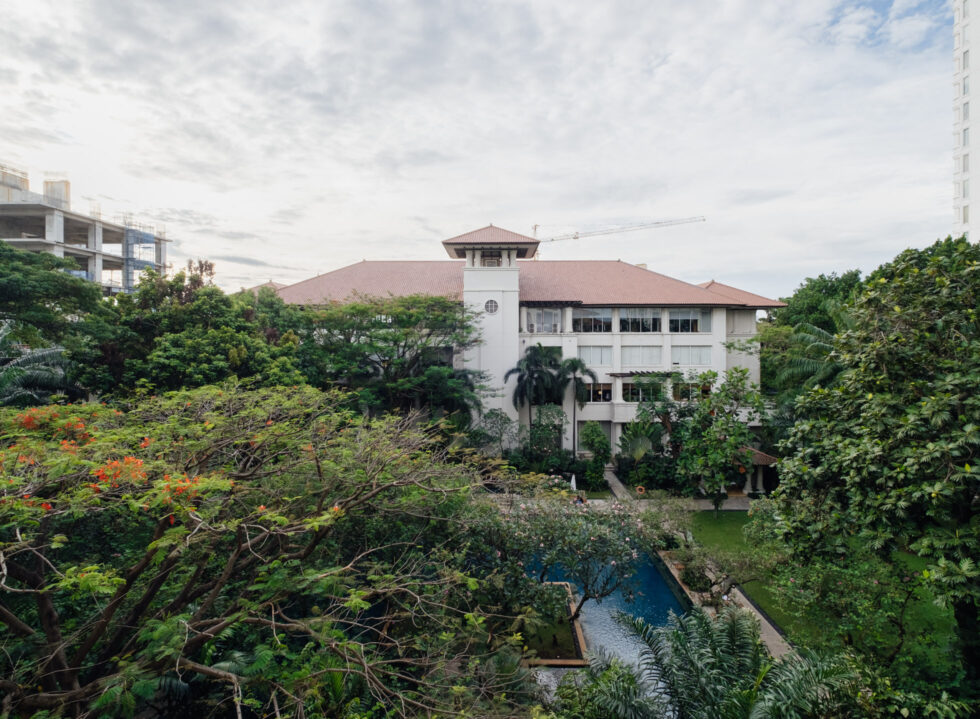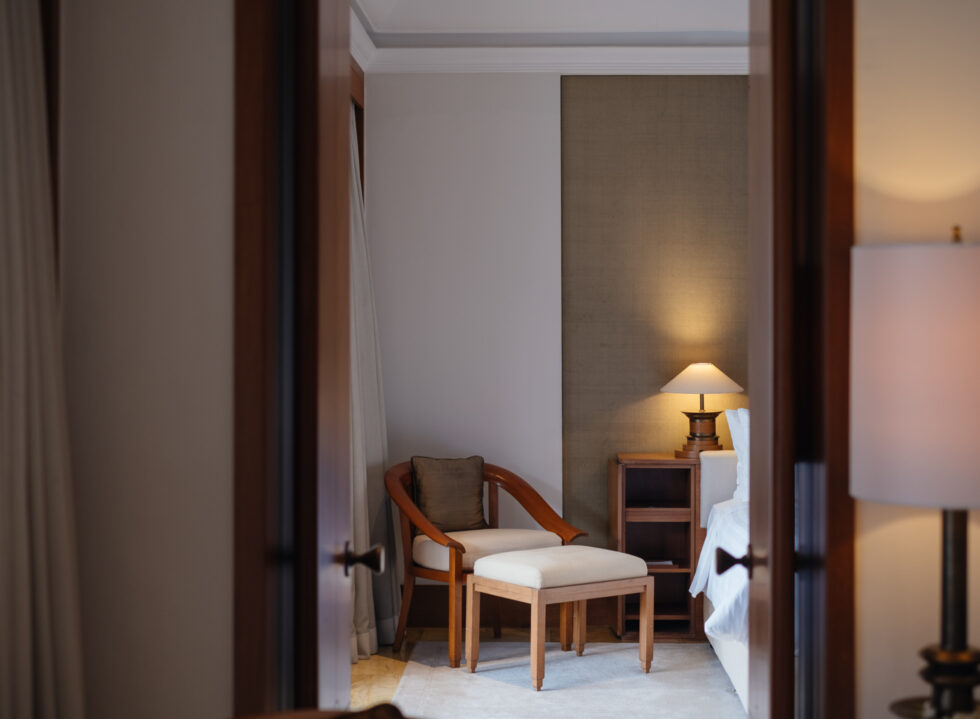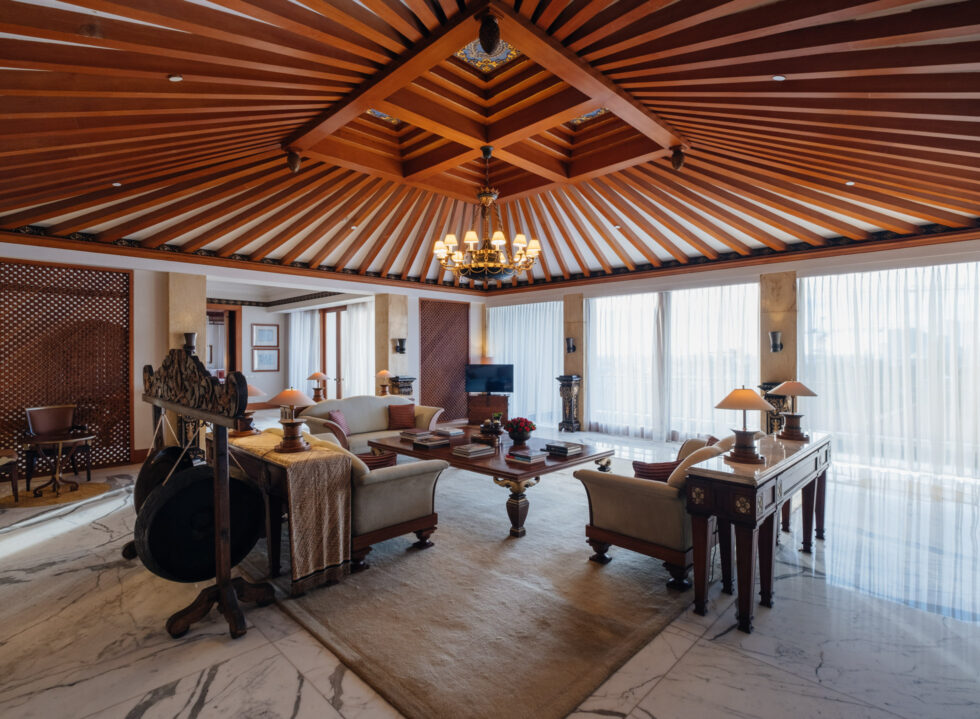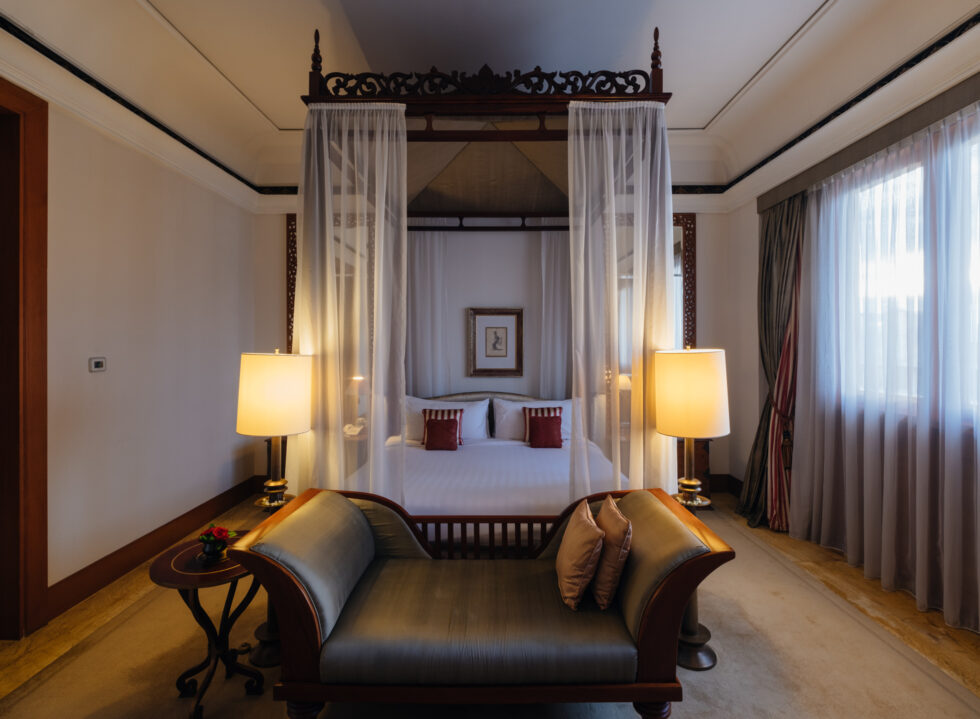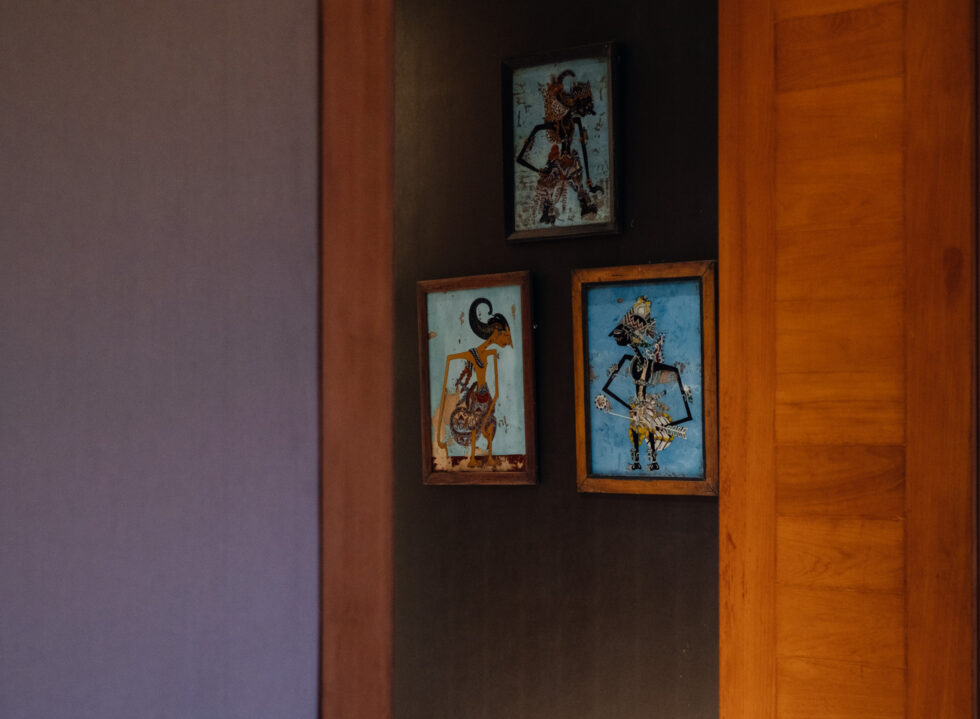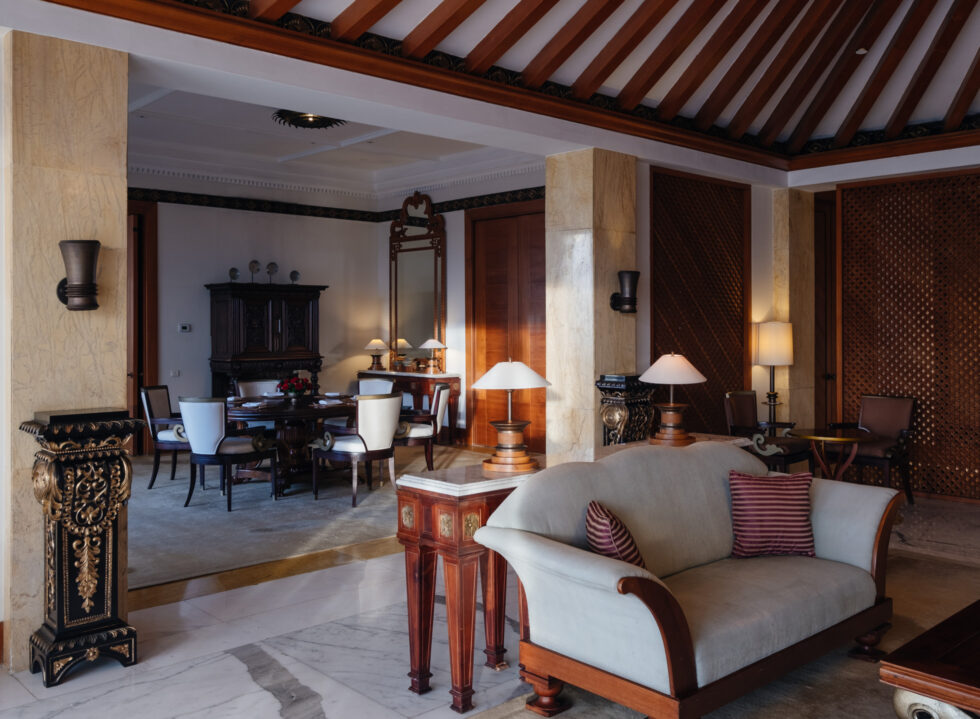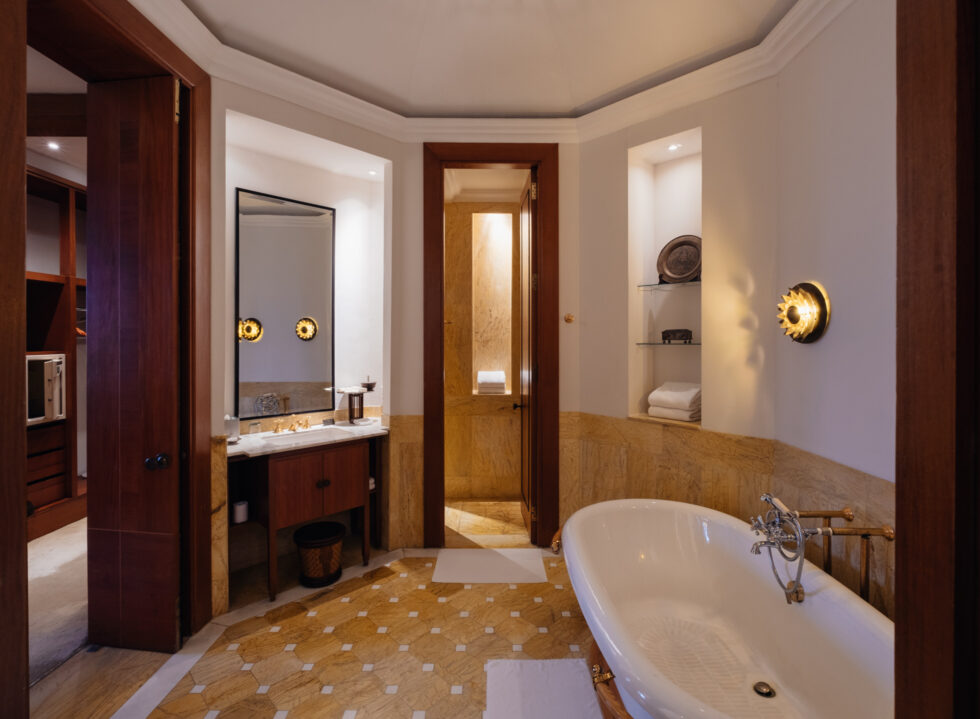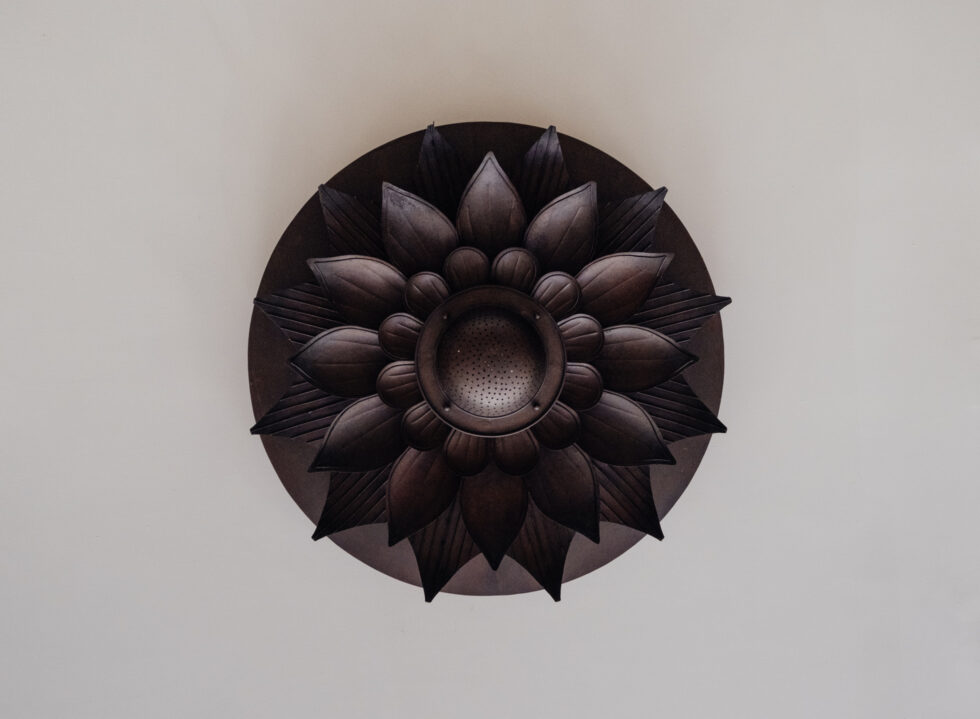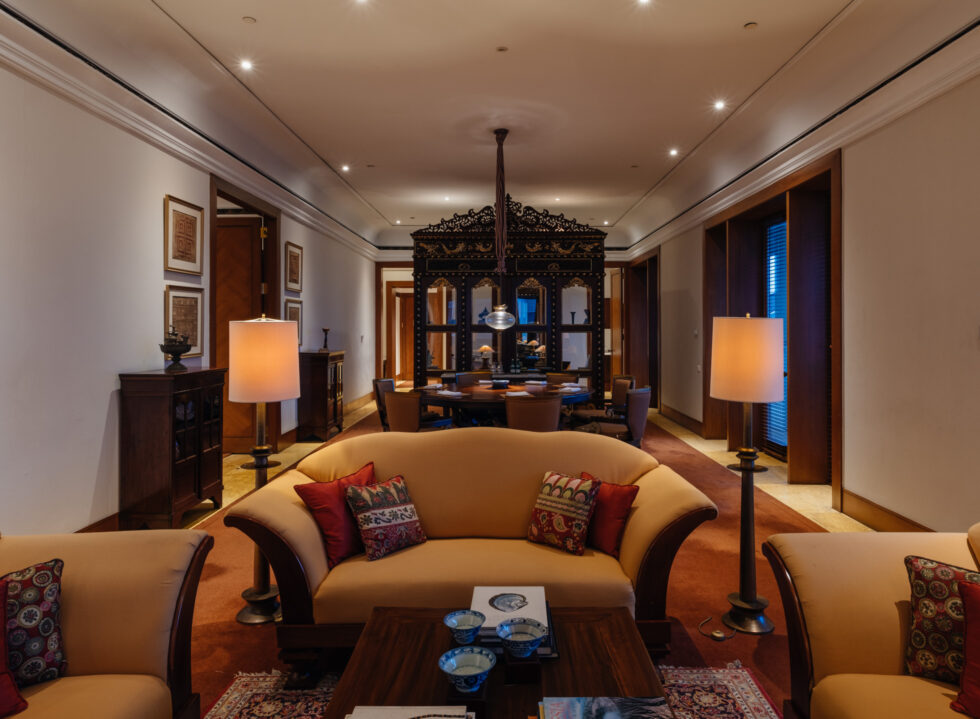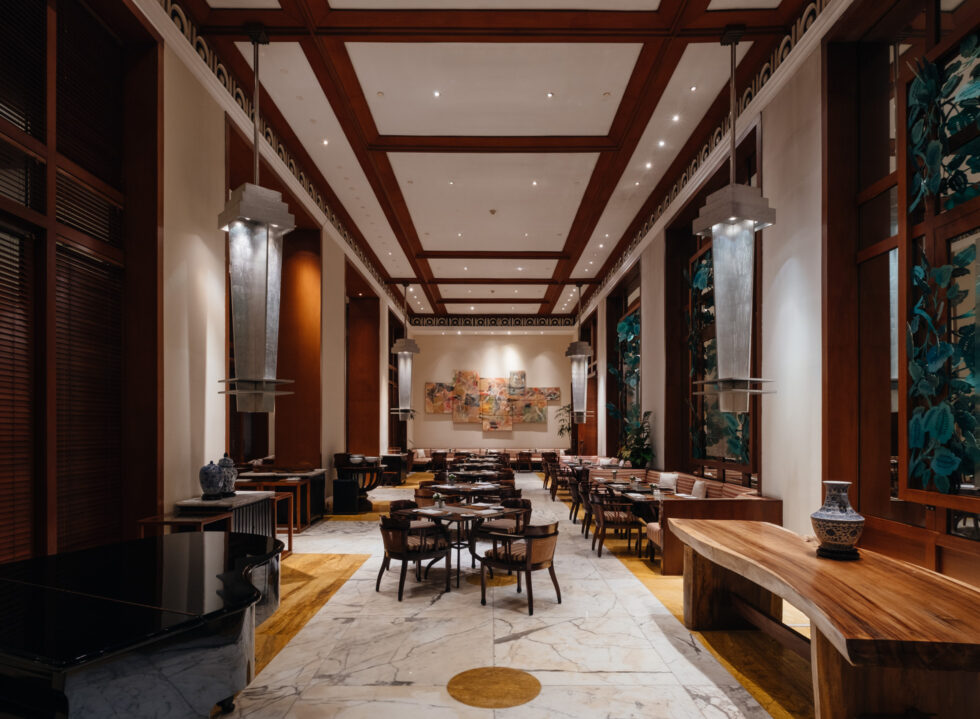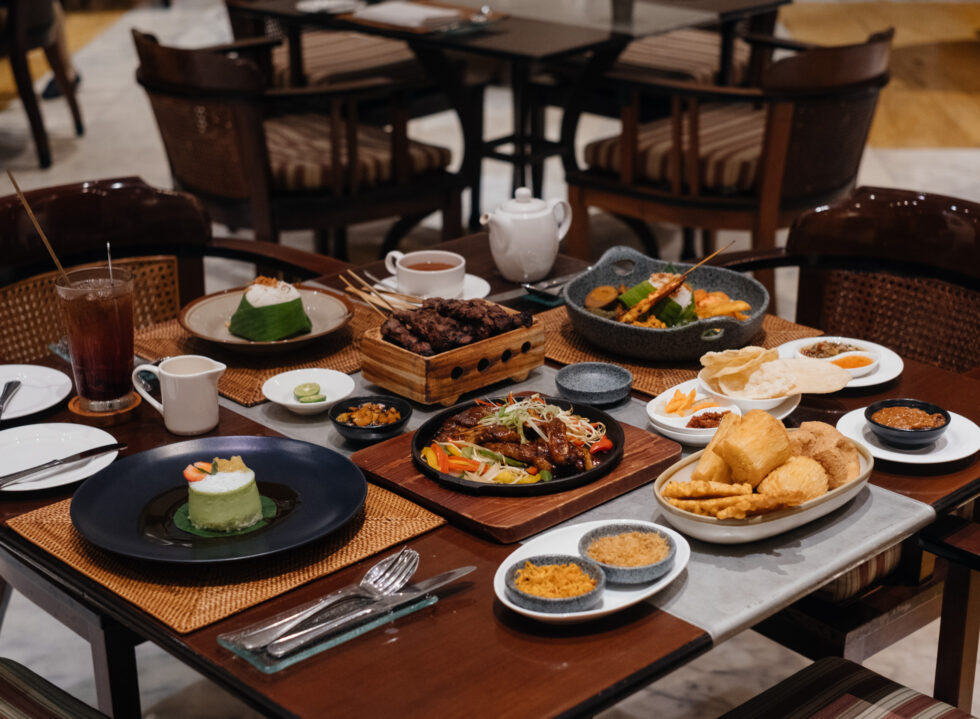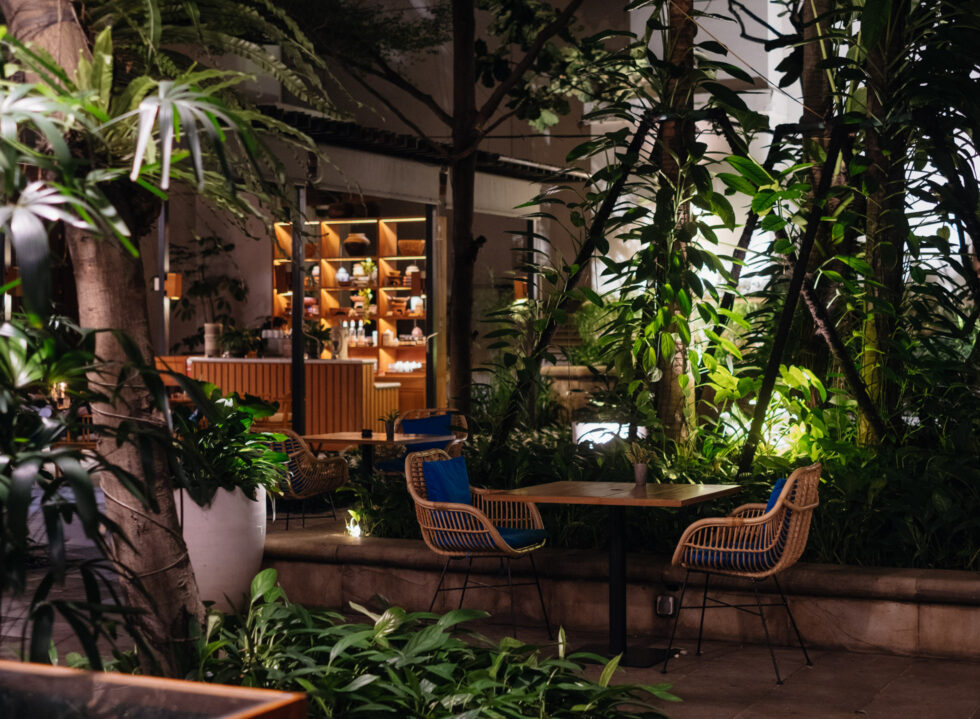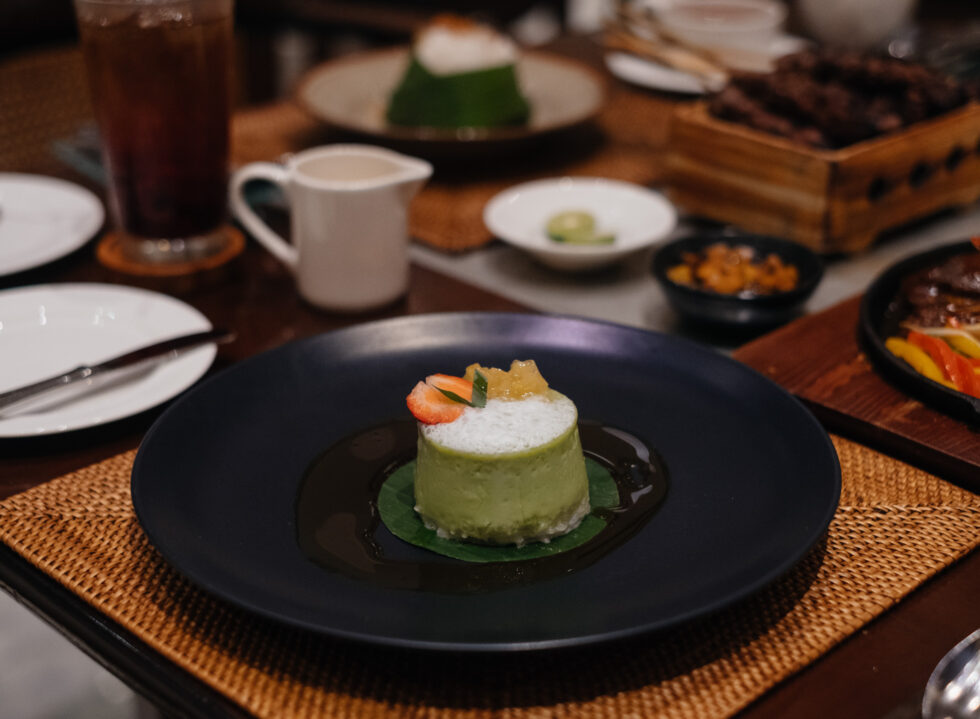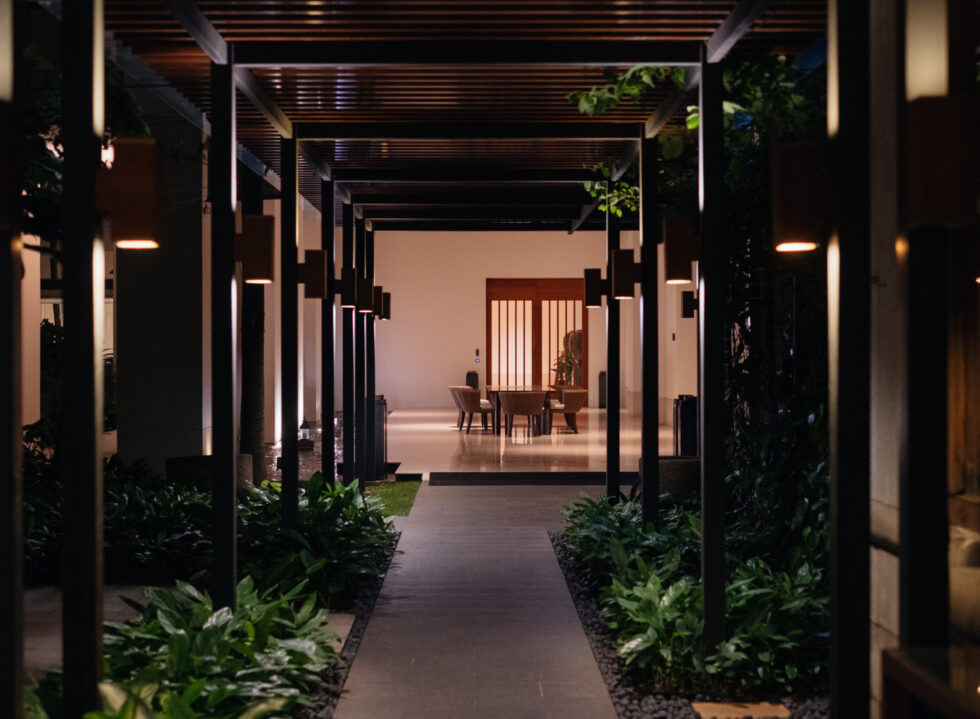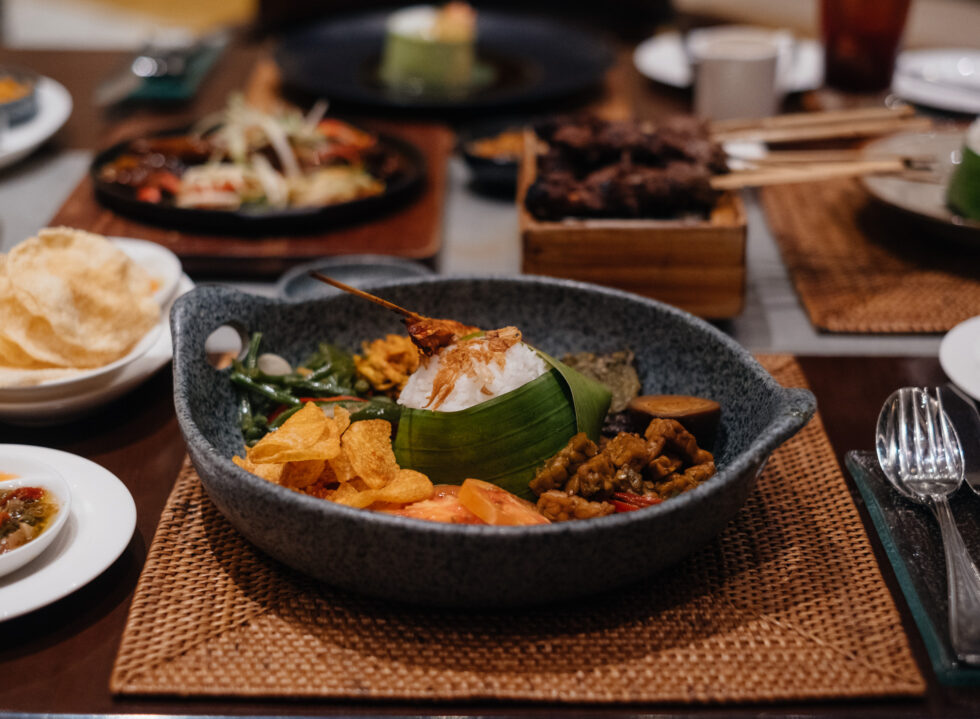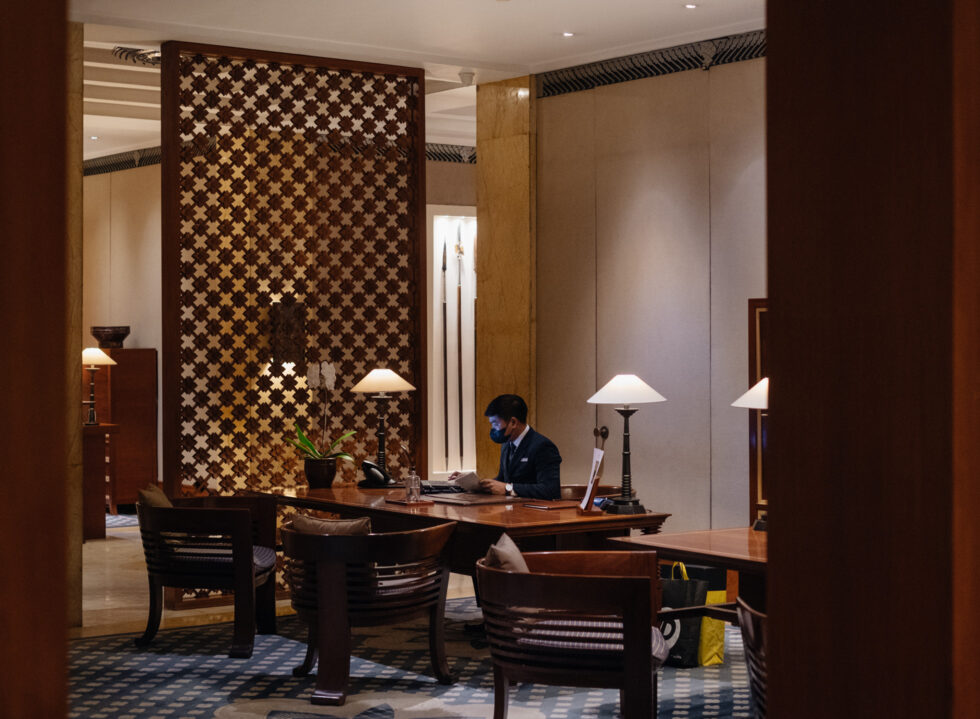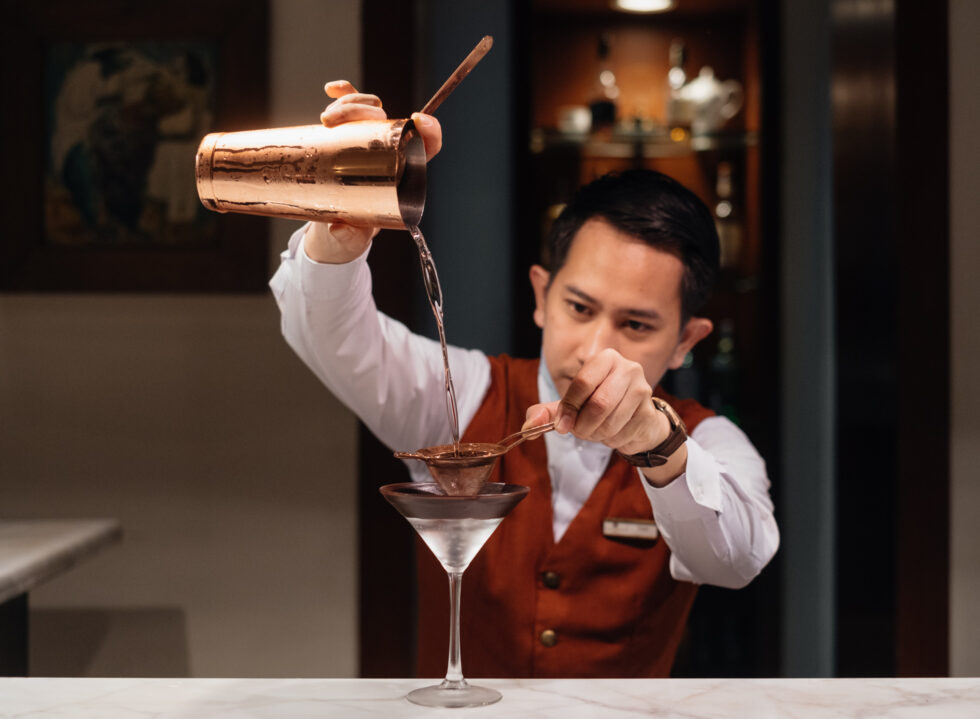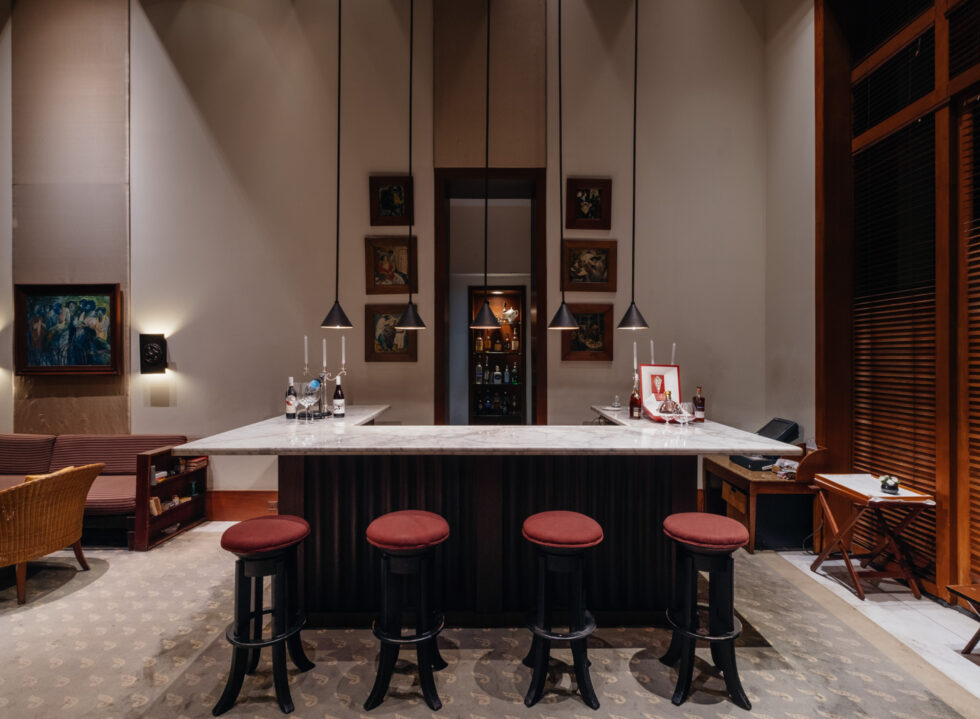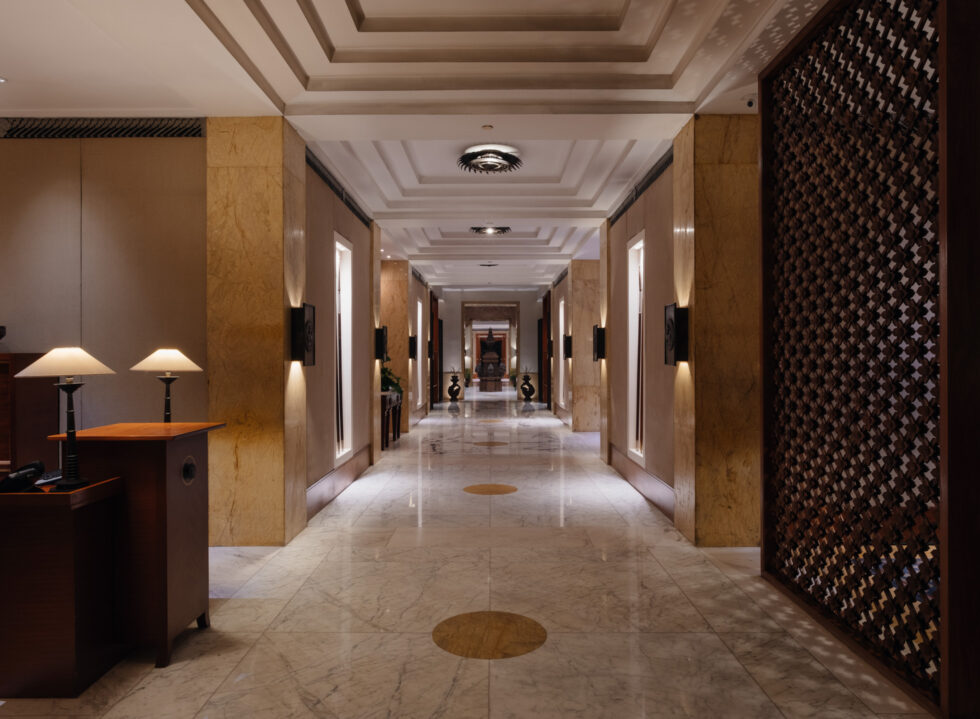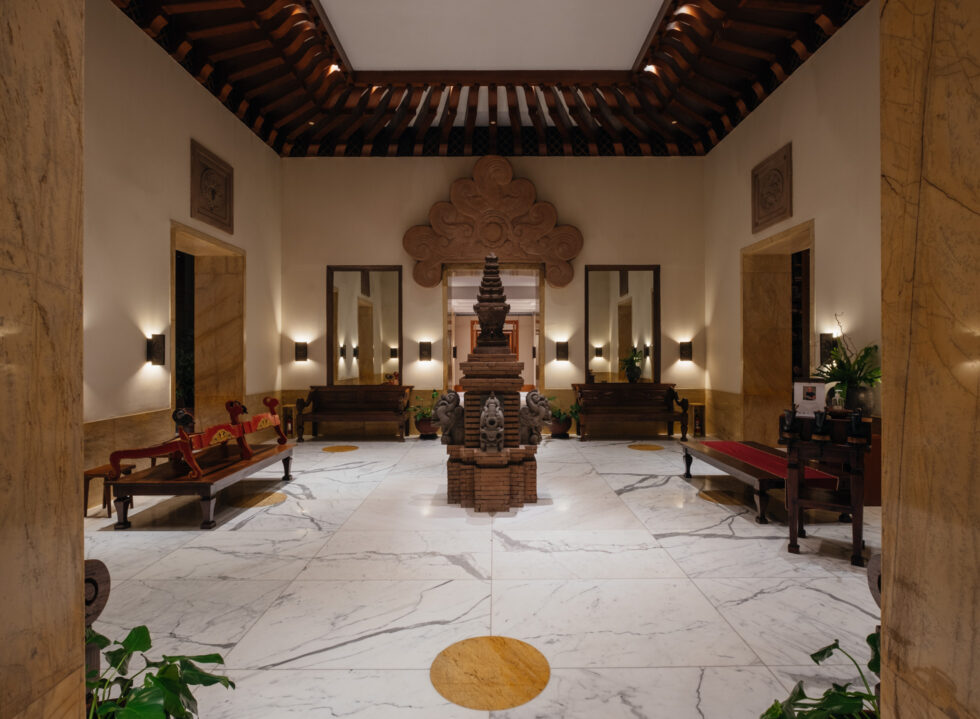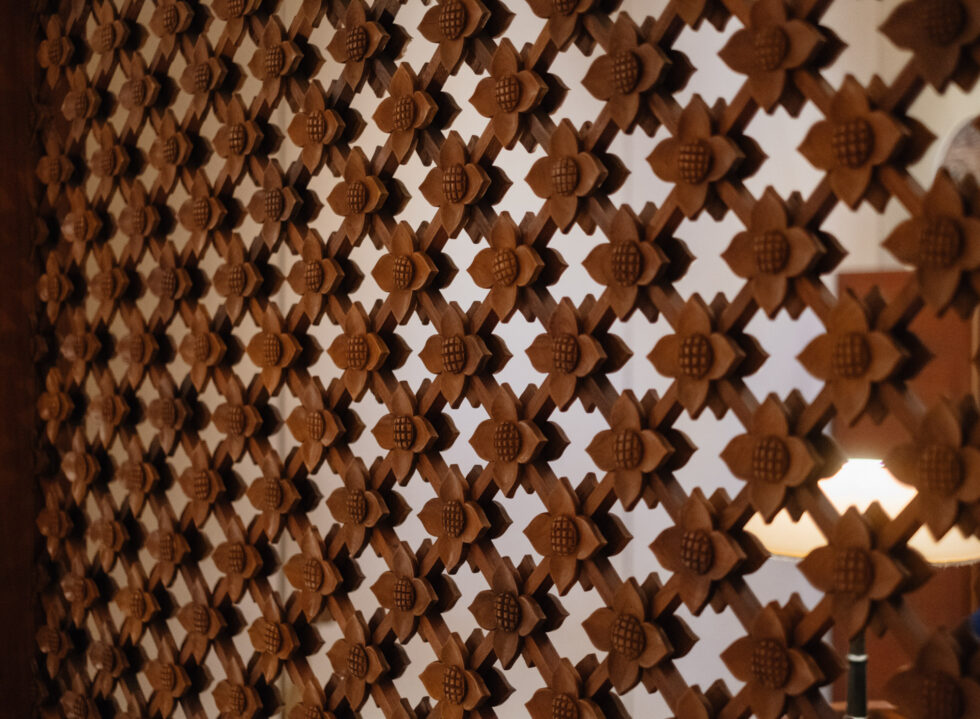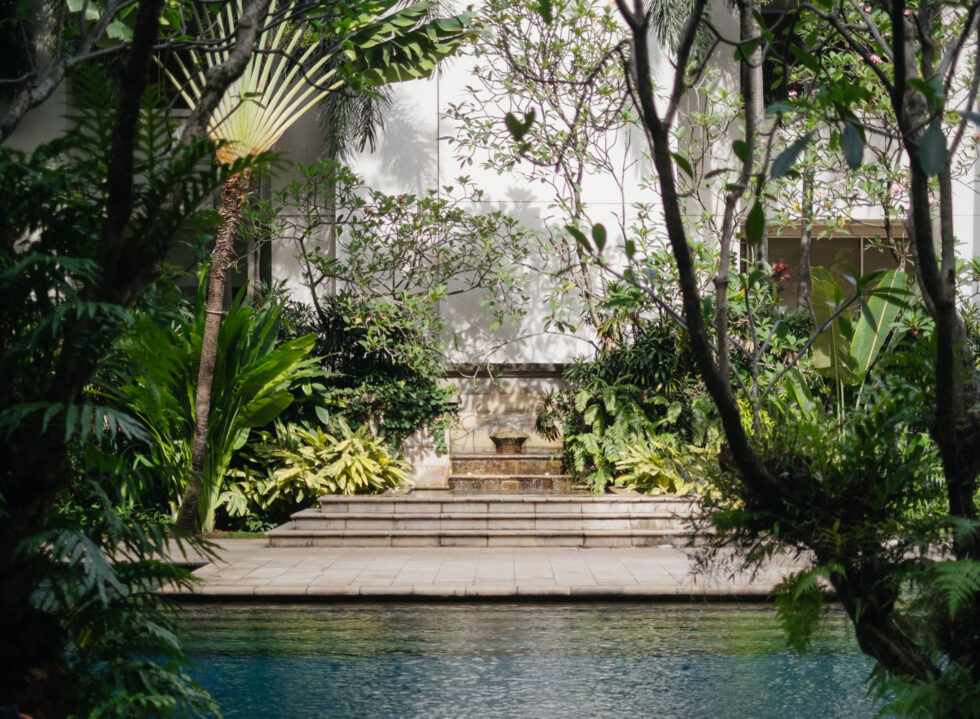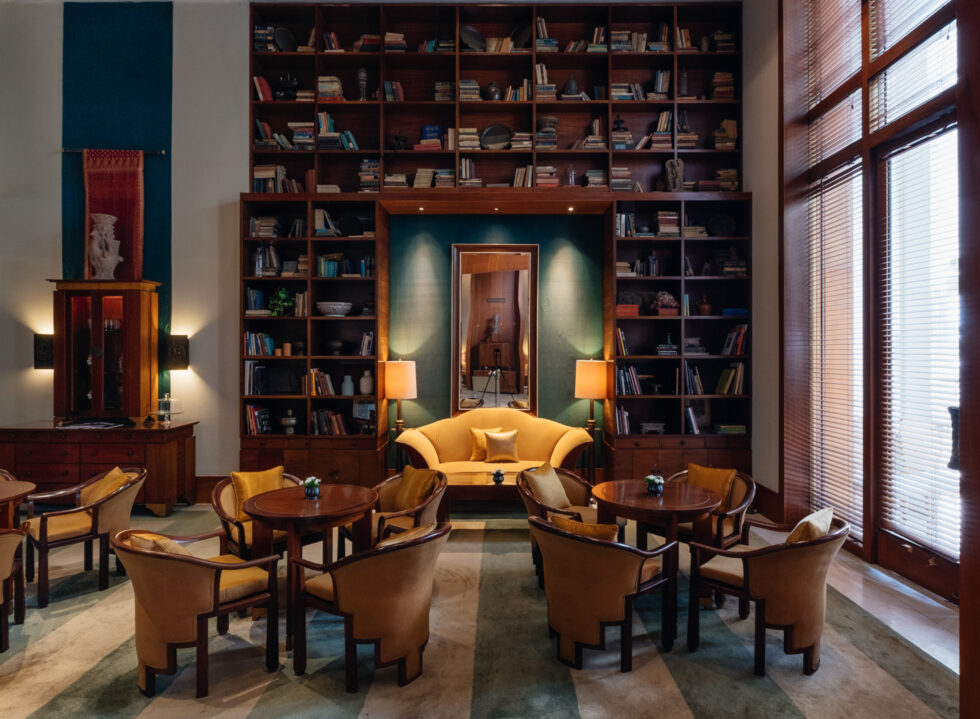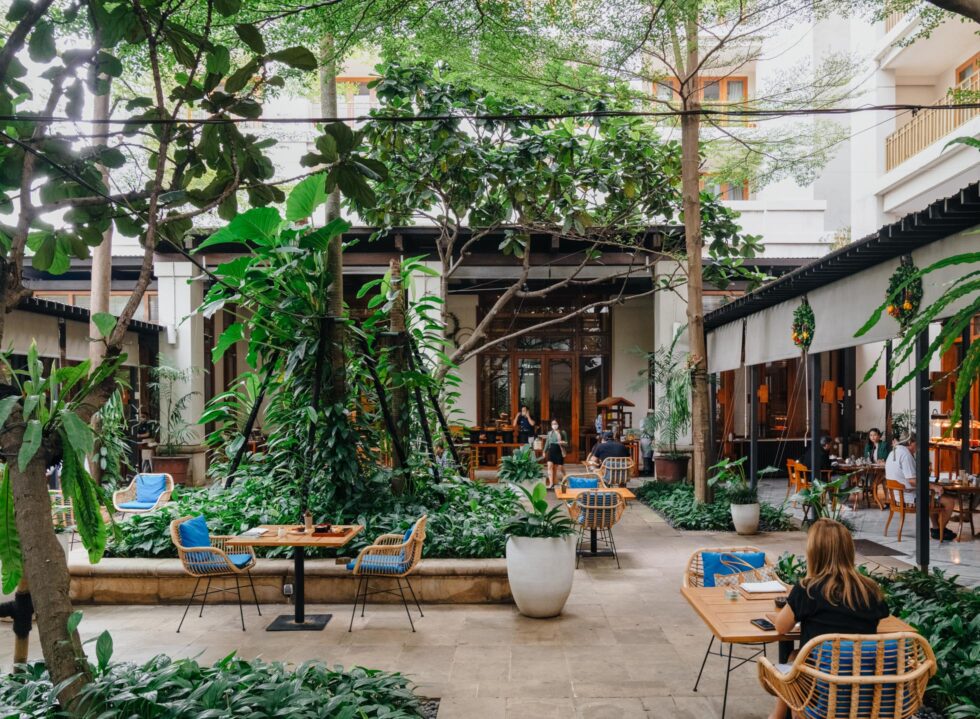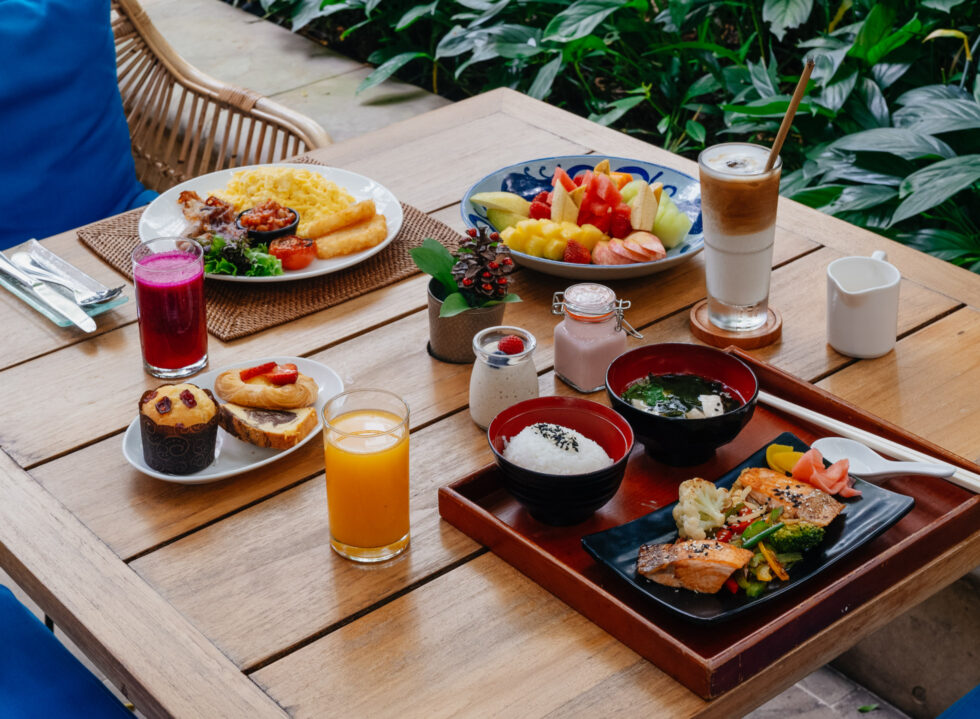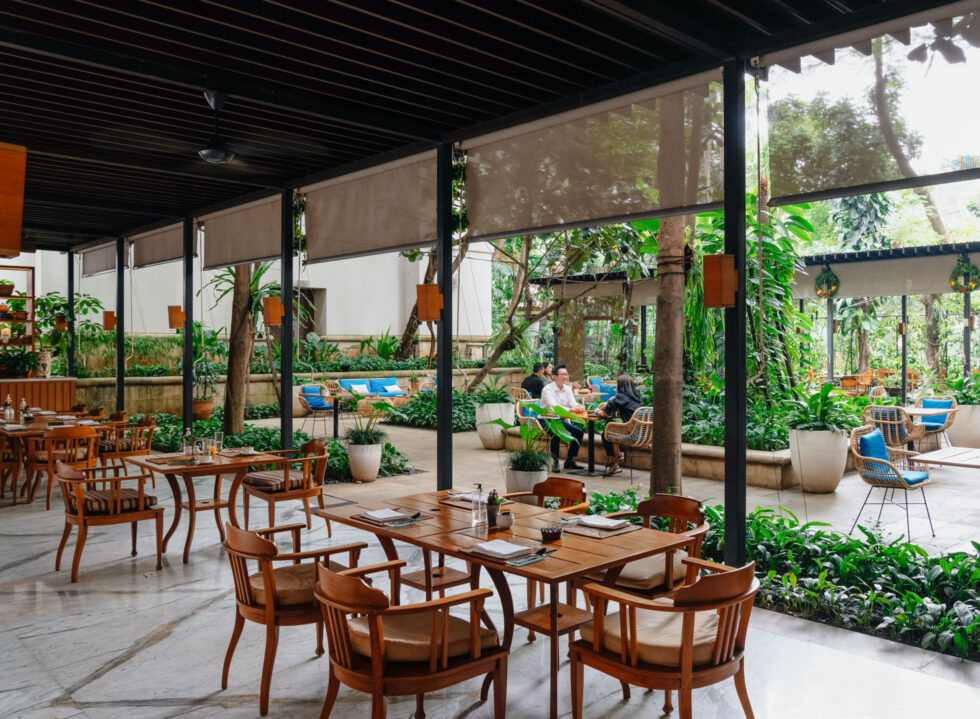The area of Dharmawangsa continues to fascinate to this day. Even as surrounding areas, like Kemang, have undergone multiple ups and downs—rising into popularity as the city’s ‘it’ spot only to eventually fall out of favour—such a fate eludes South Jakarta’s most esteemed neighbourhood. Dharmawangsa instead continues to metamorphose at its own leisurely pace, all while keeping its revered reputation intact.
It feels appropriate then that one of Jakarta’s most illustrious hotels is situated in the neighbourhood. Since 1997, The Dharmawangsa Jakarta has been an iconic fixture, forming a symbiosis relationship which complements the residential area in terms of character and affluence.
Named after the last raja of the Kingdom of Mataram, the hotel has been a silent witness to social events and countless regal weddings of influential figures, from politicians to descendants of conglomerates. But The Dharmawangsa is not an establishment to rely simply on the who’s who that had walked down the hallway of the hotel. To the trained eye, the architecture of The Dharmawangsa lends itself an air of elegance that has stood the test of time.
The construction of The Dharmawangsa involved many masterminds. In the beginning, the design criteria and concept were conceived by Malaysian architect Cheong Yew Kuan, who is known for his elegant and clean design. Don Sandy of the award-winning architecture and planning firm Sandy Babcock then came up with the master plan and architectural design. It was brought to life by the famed architect Jasin Tedjasukmana of KIAT Architects, who is an expert in Dutch Colonial architecture. Finally, the late interior designer Jaya Ibrahim instilled the character into The Dharmawangsa with luxury in discreet elegance.
The above details might have been easily missed and flew over one’s head. After all, The Dharmawangsa is not the kind of hotel to shock guests with its grandeur but soothes with a showcase of how Indonesian culture and philosophy are able to blend seamlessly with international influences while respecting the local context, materials and environment.
The chief concierge Yayat Ahdiat, fondly known as Kang Yayat amongst his colleagues and hotel regulars, will gladly guide you into a detailed and enthusiastic explanation when prompted. “If you look at the armchairs, tables and cabinet here, they are Javanese in style but reinterpreted with elements from the Imperial Russian,” said Kang Yayat of the furniture in the Caviar Lounge that complements the 25 wall-mounted glass cases of traditional pieces of jewellery (gold crowns, bracelets and earrings) that were procured from Sumatra.
Kang Yayat, who has been with The Dharmawangsa since 1998, is not the only familiar face that guests will encounter during their stay. Down at the Majapahit Hall, the hotel musician Hadi Subiyanto is another personality that sparks delight. Sharp-eyed guests will recognise him from the movie ‘Eat, Pray, Love’ where he played the traditional Balinese medicine man Ketut Liyer. On a slow afternoon, he can be found playing the bamboo flute or kulintang across the replicas of gargoyles from Candi Tikus, where the music intensifies the aura of ancient mystical spirits.
Compared to the many new hotels that have mushroomed in the city over the years, the rooms in The Dharmawangsa may be less of an occasion due to their restrained nature. But then again, it is not the kind of hotel to rely on novelty design or gimmicks to drive traffic. In a time when hotels are trying to one-up one another with Instagrammable rooms, The Dharmawangsa keeps it low-key as if one has stepped into their own spacious apartment. The hotel offers an important lesson in timelessness and digs deep into the quality of ‘coming home’—the highly sought-after intangible feeling that many other establishments claim to offer but fail to manifest.
This idea of ‘coming home’ is evident in the presence of regular patrons (granted, it takes being one to notice them). Here, it’s easy to encounter returning guests that station themselves in the exact spot at The Bar as they sip the hotel’s signature Chocolate Martini. Over at the Courtyard Palimanan, you may breathe the same air as well-known politicians or conglomerates during outdoor breakfast. The kid that used to splash about at the pool garden is already unrecognisable as a teenager. Indeed, don’t be surprised that an intimate wedding party at the hotel is thrown by the family that you’ve regularly encountered during your stay.
Perhaps owing to that fact, the service at The Dharmawangsa takes on an attentive yet cordial manner. The staff greets you on a first-name basis but never steps over the line by being overly friendly. The VVIPs can count on chief concierge Kang Yayat to take care of their requests in the most discreet manner possible.
Therein lies the draw of The Dharmawangsa. The iconic hotel, which recently celebrated its silver jubilee, is decorated not only by the myriad of guests that it has hosted over the decades, but also the cast of hotel staff that you’ve acquainted with over the years of your stay. There’s Pak Hadi playing his musical instrument without fail at a fixed time. Down the hall, Kang Yayat takes his light yet dignified stride, wearing the colourful history of The Dharmawangsa like a mantle of honour. When you return once again to the familiar faces and smell of The Dharmawangsa, it’s as if you’ve never left.
